By accurately detecting moisture levels, this artificial leaf sensor could help increase crop yields while reducing the need for pesticides.


By accurately detecting moisture levels, this artificial leaf sensor could help increase crop yields while reducing the need for pesticides.
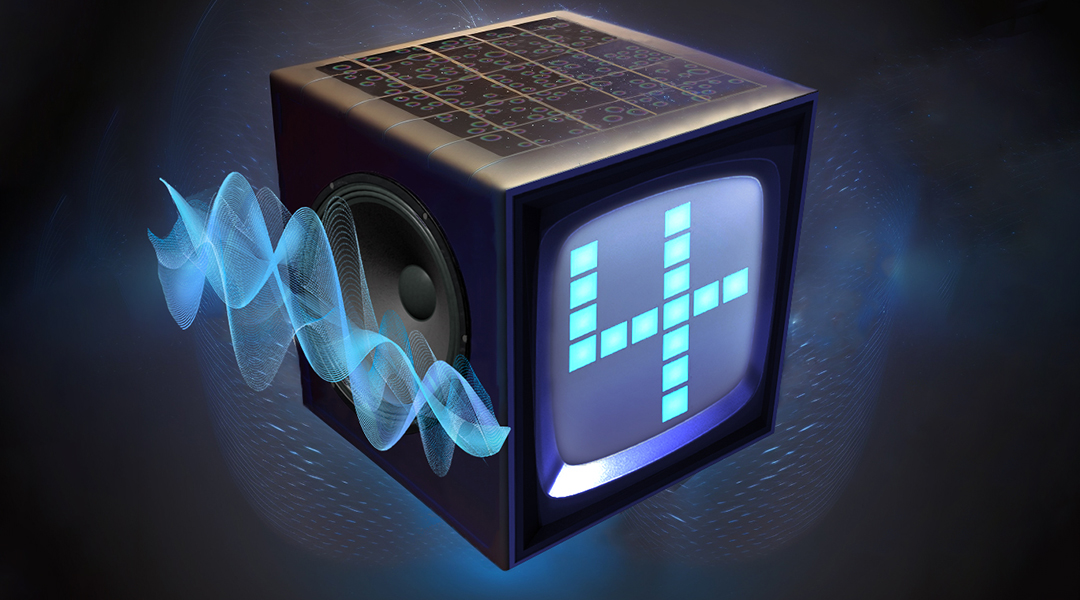
A thin film composed of small magnetic whirls called skyrmions performs voice pattern recognition with an accuracy approaching 99%.
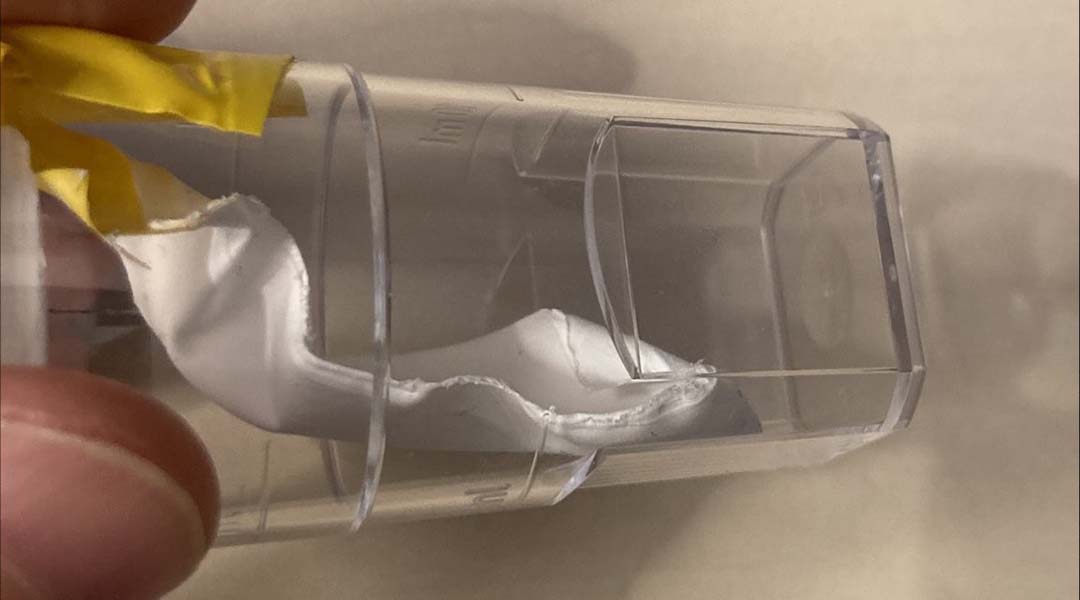
A new triboelectric laminate can convert movement to electricity 400 times more efficiently in wearable and implantable technologies.

The replacement of rigid parts could help robots more closely mimic the humble worm to help them squeeze into tight spots.
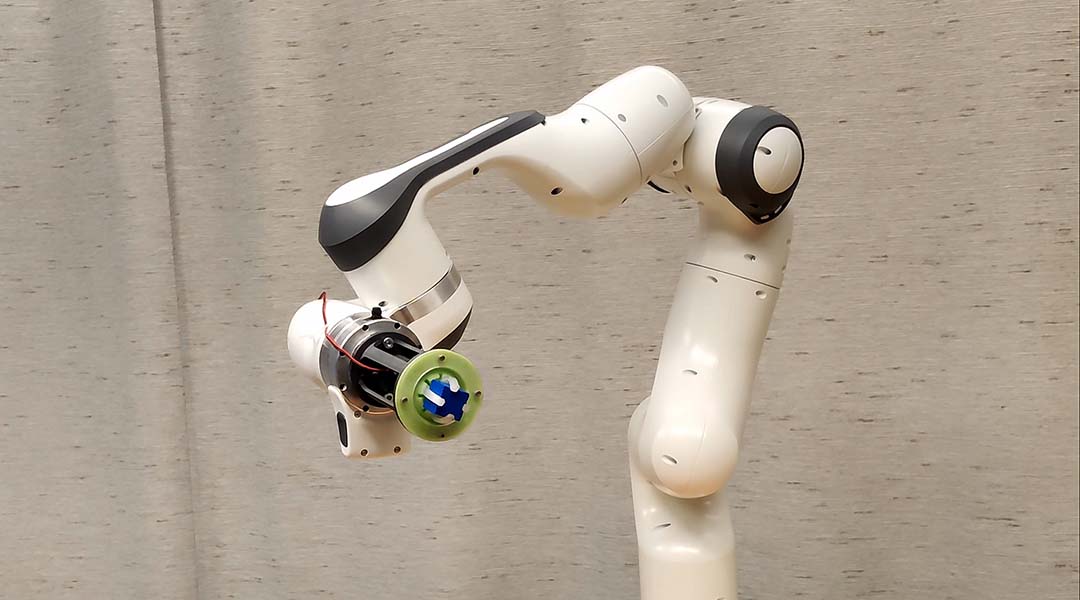
An innovative design allows for sensitive soft robots that can navigate difficult tasks and environments without bulky sensors.

Students at Rutgers University have set up a scientific journal that exclusively features undergraduate research papers.
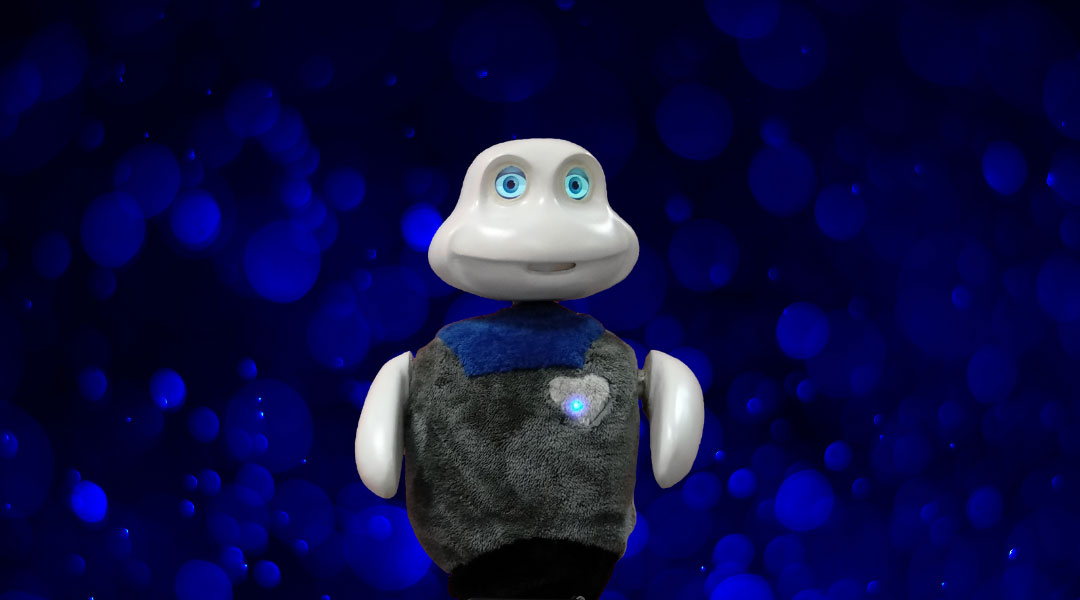
Modeling involuntary aspects of human behavior, such as blinking or even jet lag, might help build trust in robot-human interactions.

Even light blows from heading a soccer ball can contribute to long term brain injury, highlighting the need for collecting precise data.
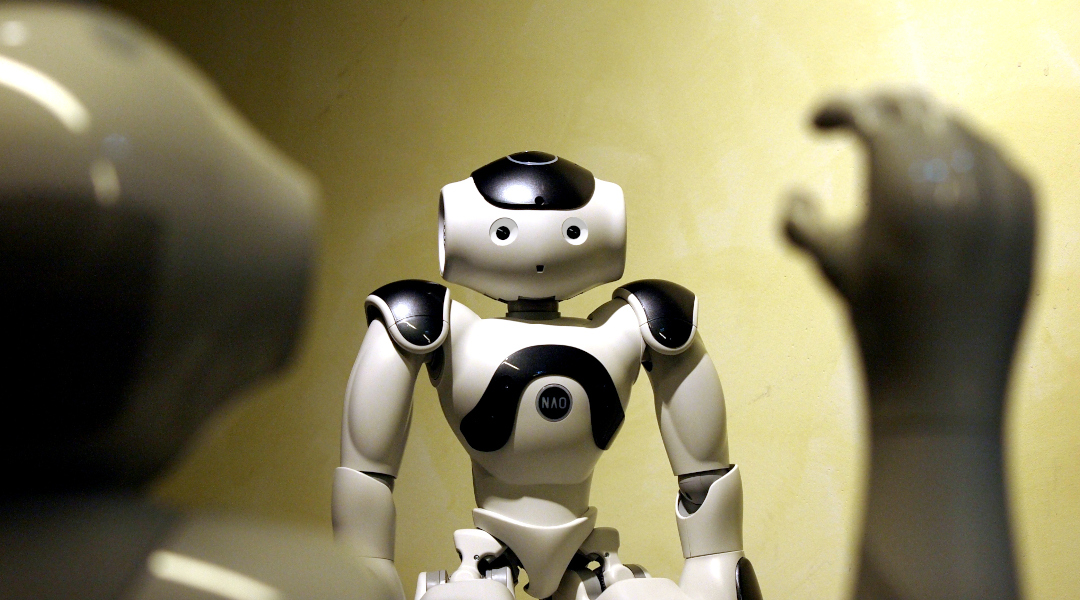
Event cameras mimic the human eye to allow robots to navigate their environment, and a new approach helps minimize computational costs.

Using 19 different quantum computers, scientists demonstrate how entangled particles break limitations in accuracy on the sub-atomic scale.